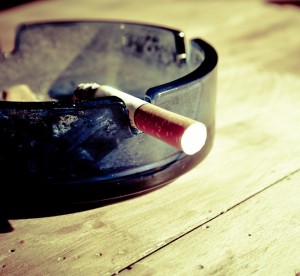Physio Health Advice > How Smoking Can Affect Tissue Healing
It is a well-accepted fact that smoking is bad for our health, however the effects of smoking are often far more complex than we realise. Healthcare professionals often suggest ceasing smoking prior to surgery or following an injury as it can significantly impact how long our body takes to heal.
First, it is important to understand how healing occurs. Skin, muscle, bone and other organs in our bodies are made up of multiple layers of tissue, all of which have different roles and require varying amounts of blood supply. Tissue is comprised of millions of tiny cells, which join together to form one layer. Layers of tissue form organs, such as skin.
Injury disrupts multiple layers of tissues, which subsequently stimulates the healing response – a complex process in which new cells are created to repair injured tissues.
In order for the healing process to be effective, blood supply to the injured area must be rich. Blood vessels must be healthy and able to constrict or open as needed. Blood is important because it delivers the essential nutrient needed for healing to occur: oxygen. Oxygen has the capacity to allow injured tissue to thrive and heal. Lack of oxygen has the opposite effect.
The toxins introduced into the body while smoking even one cigarette are enough to cause blood vessels to constrict for up to a few hours, which limits blood flow to the injured tissues. Smoking large quantities of cigarettes every day deprives the body’s cells of essential oxygen by chronically reducing blood flow.
As cells thrive off oxygen, just as we thrive off food, they weaken and begin to die when oxygen is not present. This limits the cells’ ability to function optimally, and reduces their ability to create new cells to repair the injured tissues. Without the development of new cells, tissues cannot bridge the gap between healthy tissues in an area of injury. This leaves the injured tissues exposed for longer than they should be, leading to an increased risk of developing infection.
The time it takes for an injury to fully recover in a smoker versus a non-smoker is usually longer. The integrity and strength of the tissue that is able to form to heal the injury also tends to be weaker. This means that the injury is more prone to becoming re-injured, or even not heal at all.


